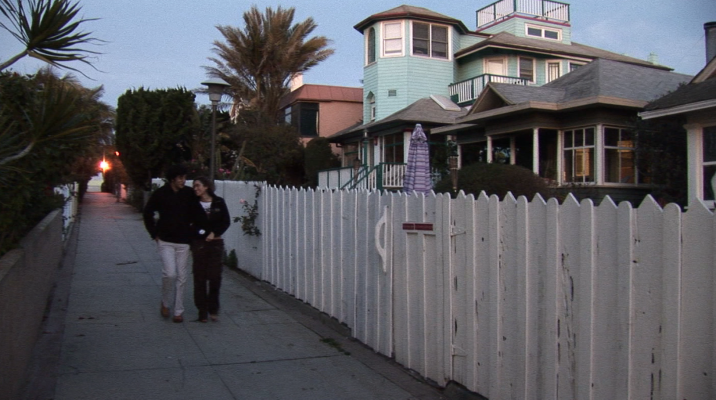The video begins at 0:43.
Abstract: Integrated land use transportation models simulate the behavior of the spatial economic system and the interactions between the transportation system and the rest of the economic system. The essential elements of these models are explicit treatment of space in economic production and consumption behavior, both the space that is the physical areas that contain production processes and the space that separates different production locations and gives rise to the demand for travel and transport. They put travel within an economic context, and thus facilitate simulation of the impacts of transportation policy and planning actions and transportation conditions on the wider economic system. As such, integrated models can be used address complex policy questions that more limited transportation models cannot address, or cannot address well.
This seminar will set out the basic scope and form of integrated models and discusses several of the key advantages they provide for planning. Experiences gained in the practical applications of the Oregon SWIM and Sacramento MEPLAN and PECAS integrated models will be described. These experiences will be used to illustrate the added benefits arising with such models in terms of more efficient land use forecasting, more complete analysis of cumulative and indirect impacts and more holistic consideration of policy in general, more...
Read more
